Fujifilm have designed the XT-4 to be a great all-rounder – a strong mirrorless offering in video and stills shooting, rugged and robust, visually aesthetic and high powered. It offers a 26MP sensor, 20 frame per second shooting with autofocus, 4K video up to 60p and high speed video for up to 10x slow motion in full HD. The rear screen pops out and can be swivelled to face forward for self-monitoring, it has a mic input for greater audio, and dual SD card slots to allow for in-camera backup or overflow shooting.
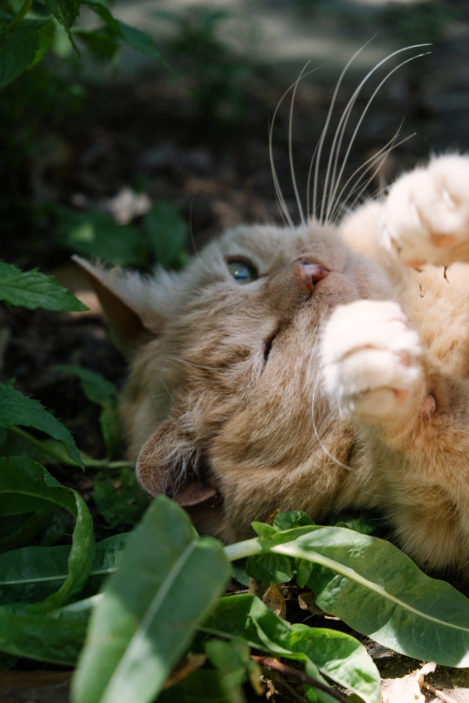
Go Johnny, Go
The X-T4’s specialty is speed. At the time of its release in February 2020, the it boasted the fastest mechanical shutter burst shooting in an APS-C sensor camera at 15 frames per second. Coupled with 0.02 second autofocus, these stats make the X-T4 a solid contender for photographers in high-action, fleeting fields like wildlife, sports and live music photography.
Oh, and it looks GREAT. As with so many Fujifilm bodies, the X-T4’s design nods to the film cameras of days gone by. Available in black and silver colourways, it will shine just as much when styled into your flatlay as part of the décor as it would if it were being used to shoot the flatlay. We love an aesthetic piece of tech!
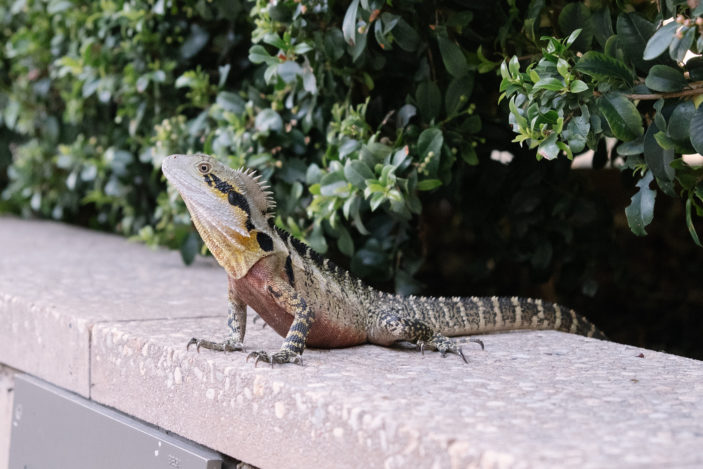
So. Many. Dials.
If you’re coming from a more-consumer, less-prosumer photography background, the X-T4 might seem a bit like sensory overload. Similar to its older cousin the X-H1, it sports several dials and wheels for a visual representation of your various exposure settings – there’s a wheel for your shutter speed, a wheel for your ISO and, depending on your lens, possibly a ring on the lens for your aperture control. Each of those wheels have their own auto settings, which means if you want to switch over to a fully automatic shooting mode it will take a few more steps than you might expect – especially if you’re coming from a camera with a wheel for switching between shooting modes, which is most of the rest of them – but it’s also an incredible way to learn and master exposure, and those who already know their way around an exposure triangle will get the hang of it very quickly. Unlike the X-H1, the X-T4 also sports a dedicated record button, which makes accessing video much quicker and easier. It sounds obvious, but when you don’t have that dedicated video start and stop button you really miss it!

An Unstable IBIS?
Fujifilm report having newly-developed compact in-body image stabilisation (also known as IBIS – not to be confused with the iconic Aussie bin chicken) that allows up to 5.6 stops of stabilisation. It’s the first time IBIS has been featured in an X-T range body, which is an exciting development in itself.
I had the X-T4 paired with the Fujinon 18-55mm OIS lens, which has its own added stabilisation, but even paired with the in-body IBIS I felt my videos were a little bouncier than I’d like from a camera in this price range – especially one that boasts about satisfying the demands of professional videographers. Don’t get me wrong, it does stabilise a little, but I’ve had better results from much older technology and in this one area, it did leave me a little underwhelmed. The X-T4 does claim to offer an IS Boost Mode that renders gimbals useless, but on further inspection that mode is designed for static handheld shooting to emulate the look of using a tripod. It’s not recommended for panning, tracking or otherwise moving the camera, so your gimbal might not be ready for retirement after all.
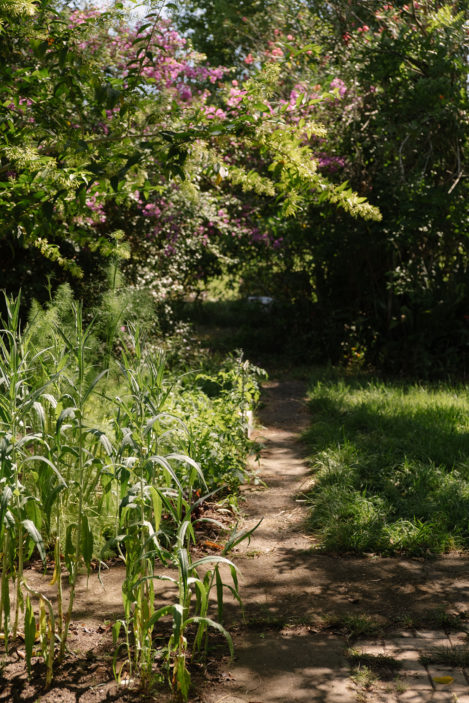
Go Slow
High speed video recording is always a fun time, and has come to be commonplace in cameras of this ilk in the past few years. The X-T4 doesn’t disappoint with its range of slow motion options. I always like to go big or go home, so the 10x slow motion is the most fun for me, and a super easy way to elevate any B-roll or make a mundane moment appear elegant and fancy.
You Can Take Me Anywhere
For those who live, work, or travel to wild places where moisture, dust or cold might be an issue, there’s nothing to fear – the X-T4 is weather-sealed, dust- and moisture-resistant, and freeze-proof to -10°C. That came in handy when I decided to record the process of upcycling an old desk, and got dust all over the camera while shooting the sanding process. It was an oops, but only a small oops – I could just (carefully) dust the camera off and carry on.
Given it’s still 2020 (just) I wasn’t heading anywhere exotic with the X-T4, but I did take it out into my native Brisbane to give it a rigorous test – a location fashion shoot. It handled admirably – the shots are sharp, the skin tones lovely, and the client happy. The only tricky moment was caused by an otherwise very helpful tool – eye detecting autofocus. It’s rare, but occasionally when shooting people I don’t actually want the eye in focus, so I had to briefly switch that setting off to get a few detail shots. The rest of the time it made my life so much easier – locking onto my model’s eye even as she walked, twirled and frolicked.
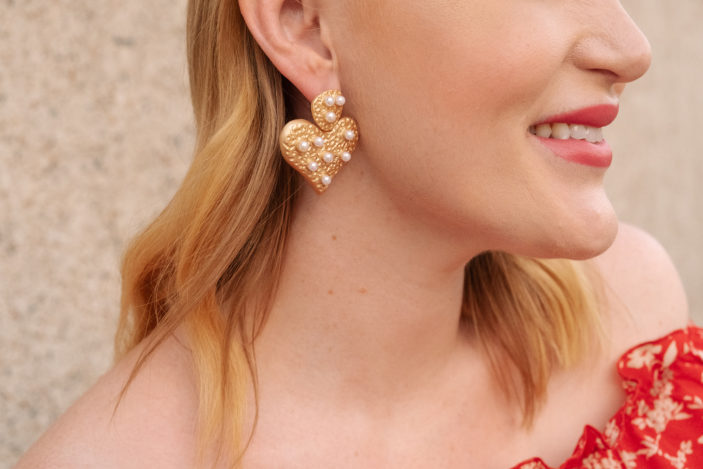
What Else Can I Use?
If you like your peripherals, the presence of a hot shoe will come in handy for you. You can use it for a flash or flash trigger or pop a shotgun mic on for run-and gun-vlogging. I used the X-T4 for a talking head video, and it was so easy to plug in my Videomic, flip the screen out toward me and start. Just make sure you rotate the screen to face forward before you bring it out the side of the camera, otherwise the cable from your microphone will impede the movement of the LCD.
I love having dual card slots. I don’t personally shoot with an in-camera backup, I prefer to load up two cards and shoot to one at a time, without needing to stop to change cards. You’ll need some very fast SD cards to keep up with the large files the X-T4 can produce, especially for video, but being able to keep two in-camera makes handling those files while on a shoot much easier.
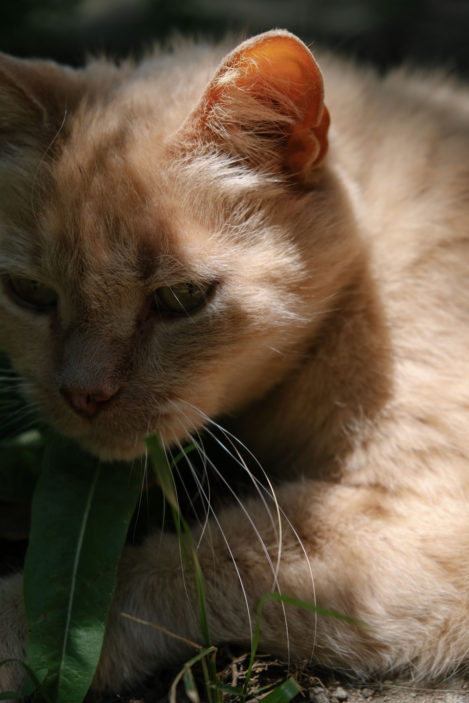
Dude, Looks Like Film!
As with every Fujifilm body, the film simulation modes are available to add an instant filmic flavour to your work. The most recent addition, “Eterna Bleach Bypass” isn’t my cup of tea, but for avid film shooters and those with personal tastes different to mine, it might be exactly what you’ve been waiting for. This film simulation mode reproduces the effect of skipping the film development step of bleaching the silver halide, resulting in reduced saturation and increased contrast – almost giving the moodiness of a black and white photograph to a colour image. These film simulation styles can be applied to both still images and videos.
The battery has also had an upgrade – the X-T4’s battery claims a larger capacity, which I honestly didn’t notice much in my time with it. In my experience that’s a good thing – if you’re noticing how quickly a battery runs out, that’s a very bad sign. I did manage to shoot my local dance school’s entire mid-year showcase with the XT-4 without incident, in 4K 25fps and with battery to spare, so I have no complaints.

If you’re willing to give the X-T4 the time to learn your way around it, it would look after you with phenomenal image quality and high performance for years to come.
FOUR STARS (OUT OF FIVE)
![]()
![]()
![]()
![]()
![]()
Highlights: High performance, looks great
Lowlights: Image stabilisation could be better
Manufacturer: Fujifilm
Price: $2899.95 for the body only (on Teds.com.au)
Available: Now
Review conducted using a loaned retail unit provided by the manufacturer.
